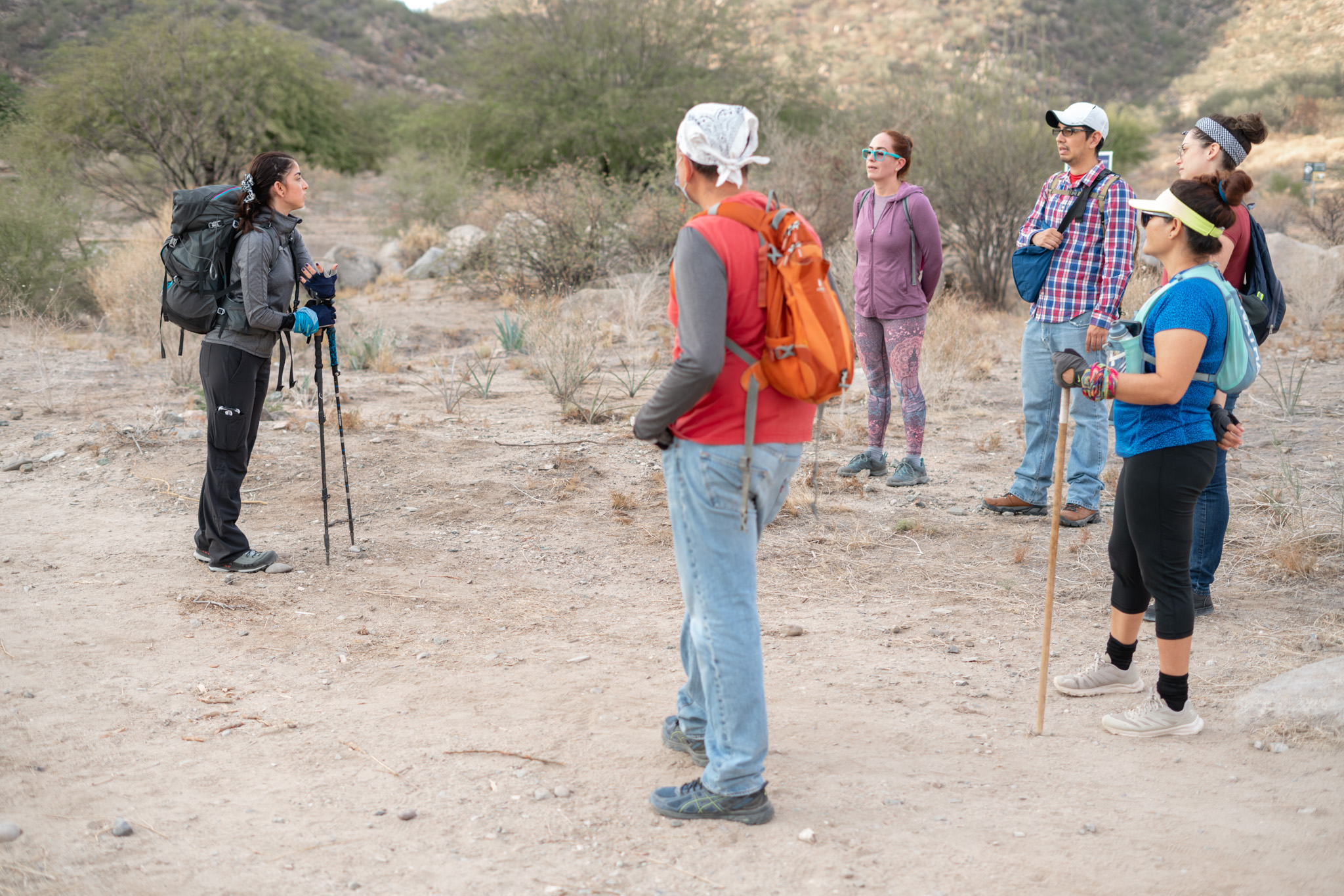

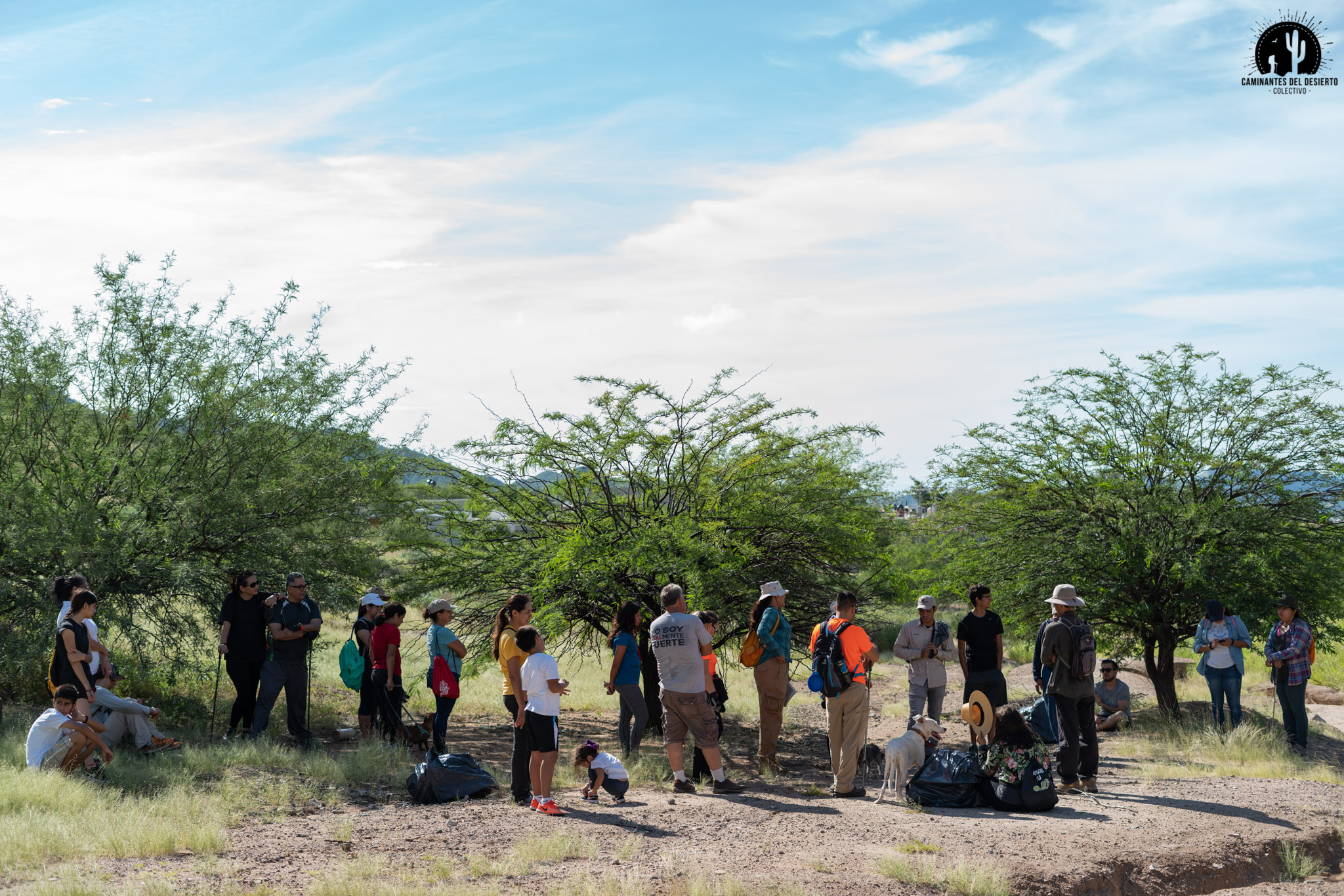
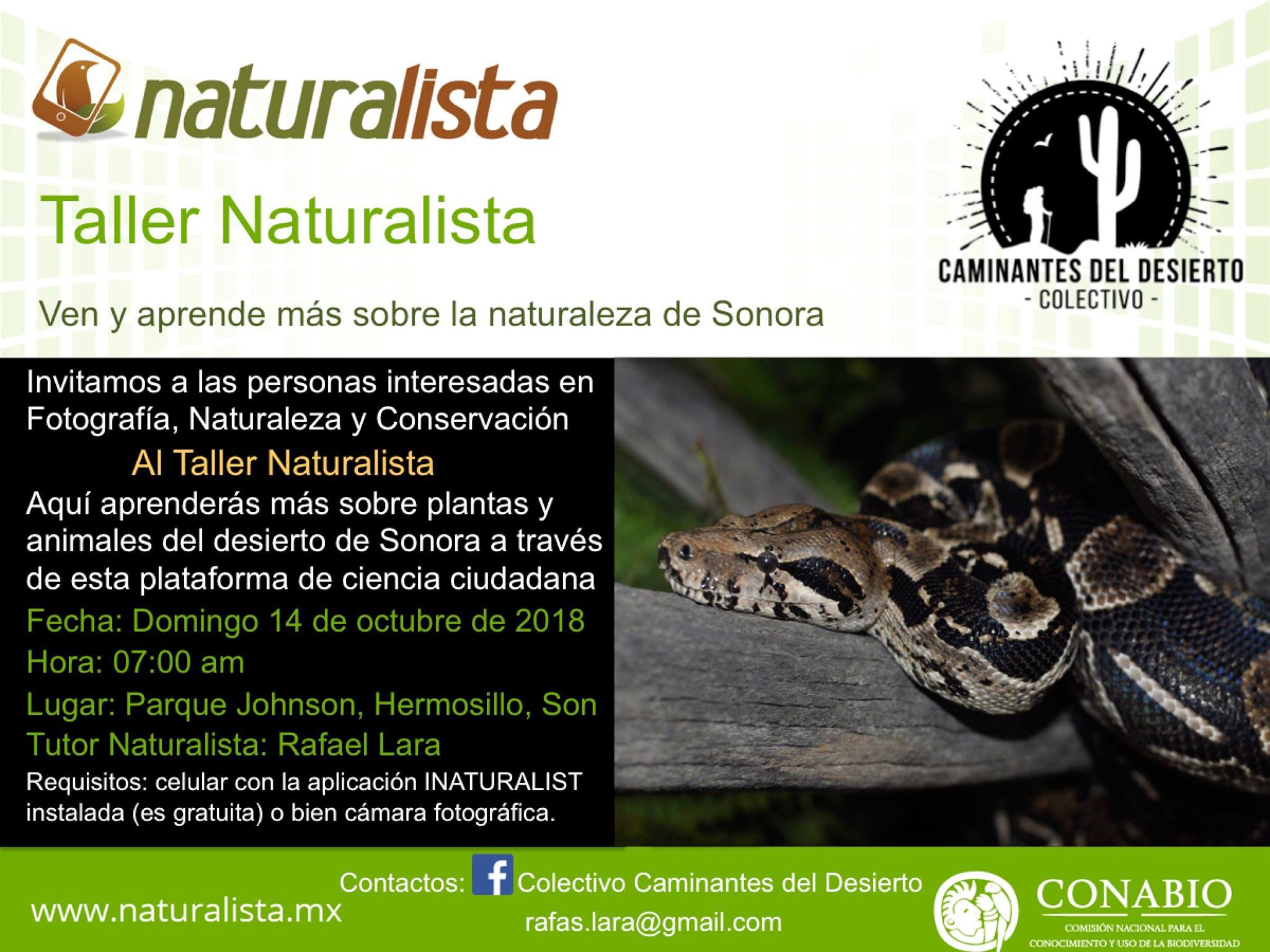
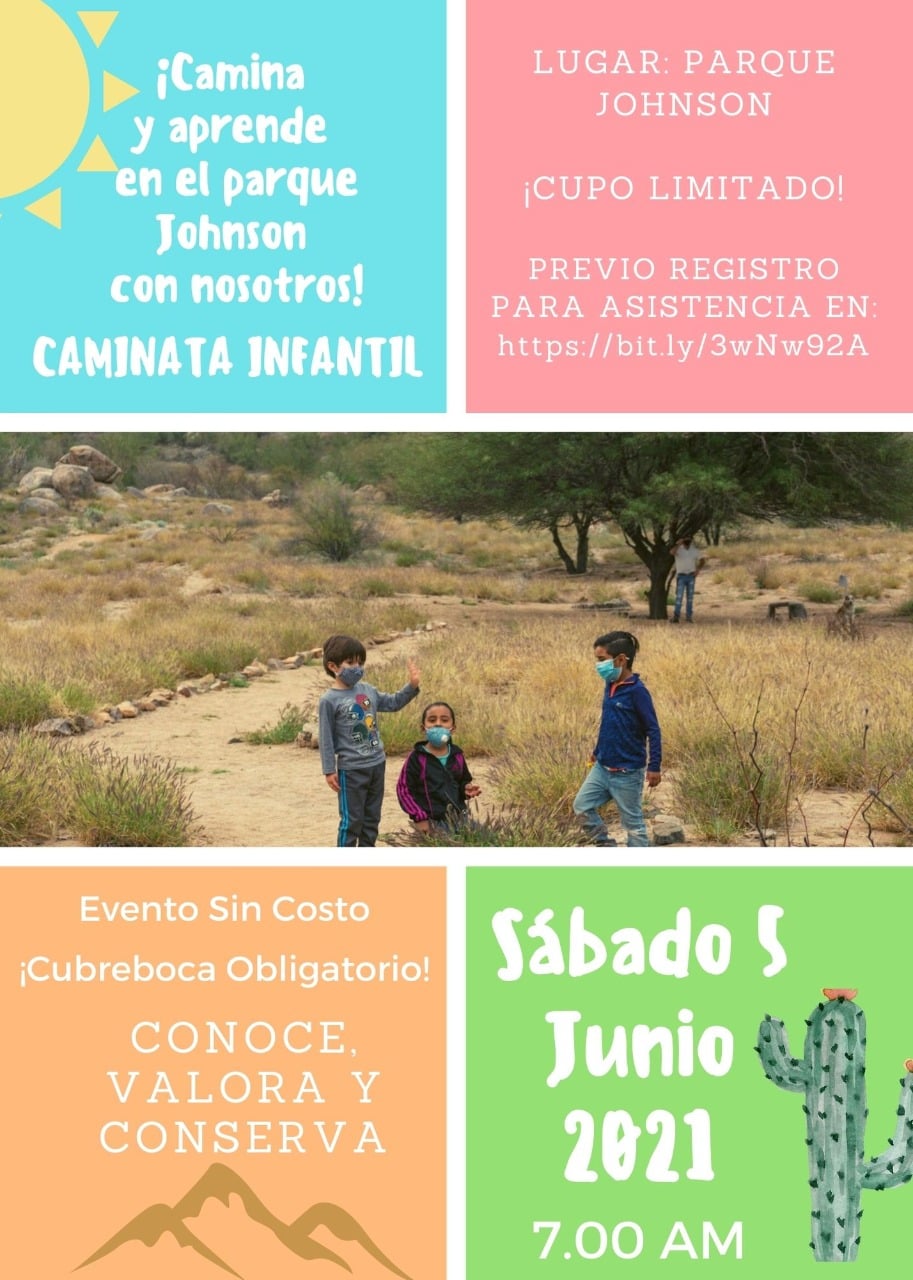
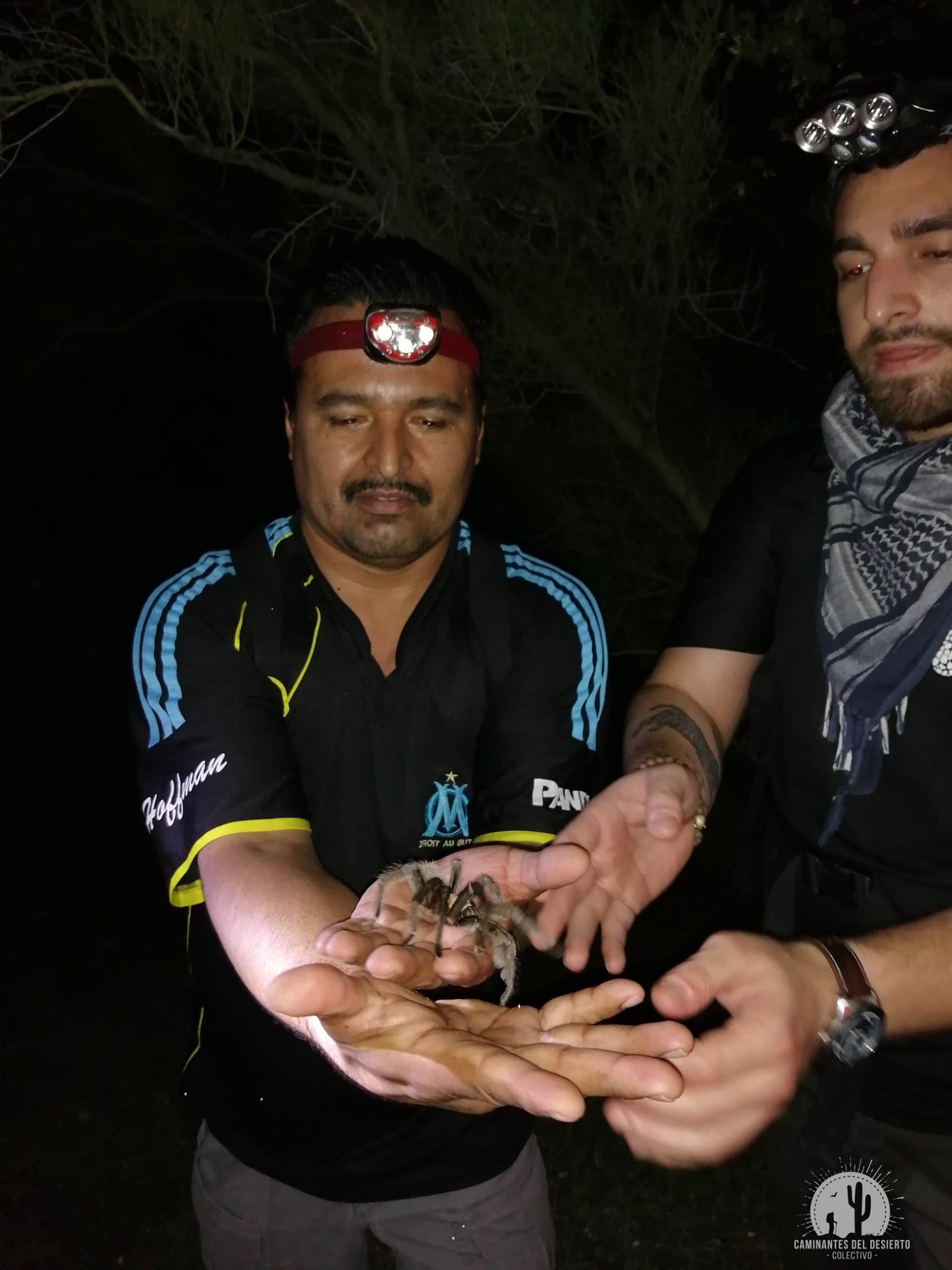
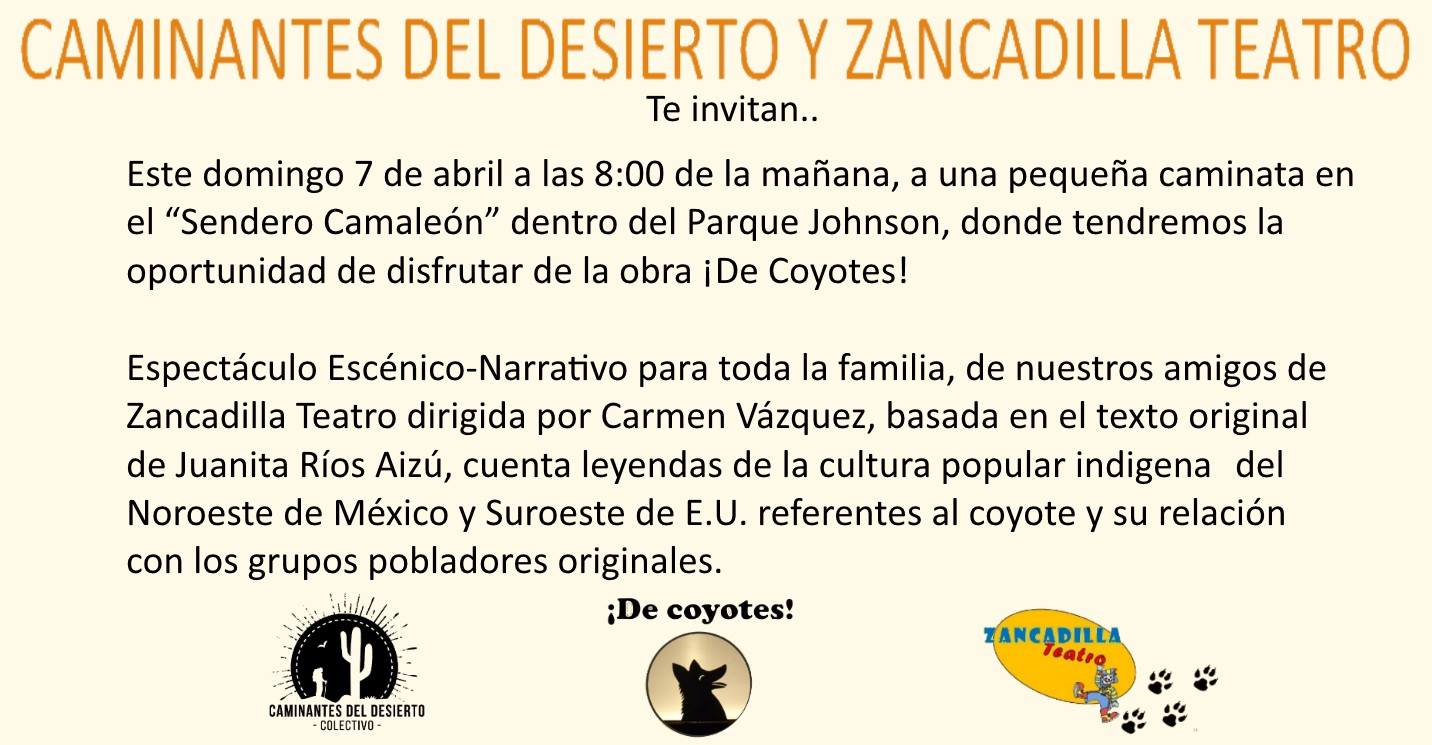
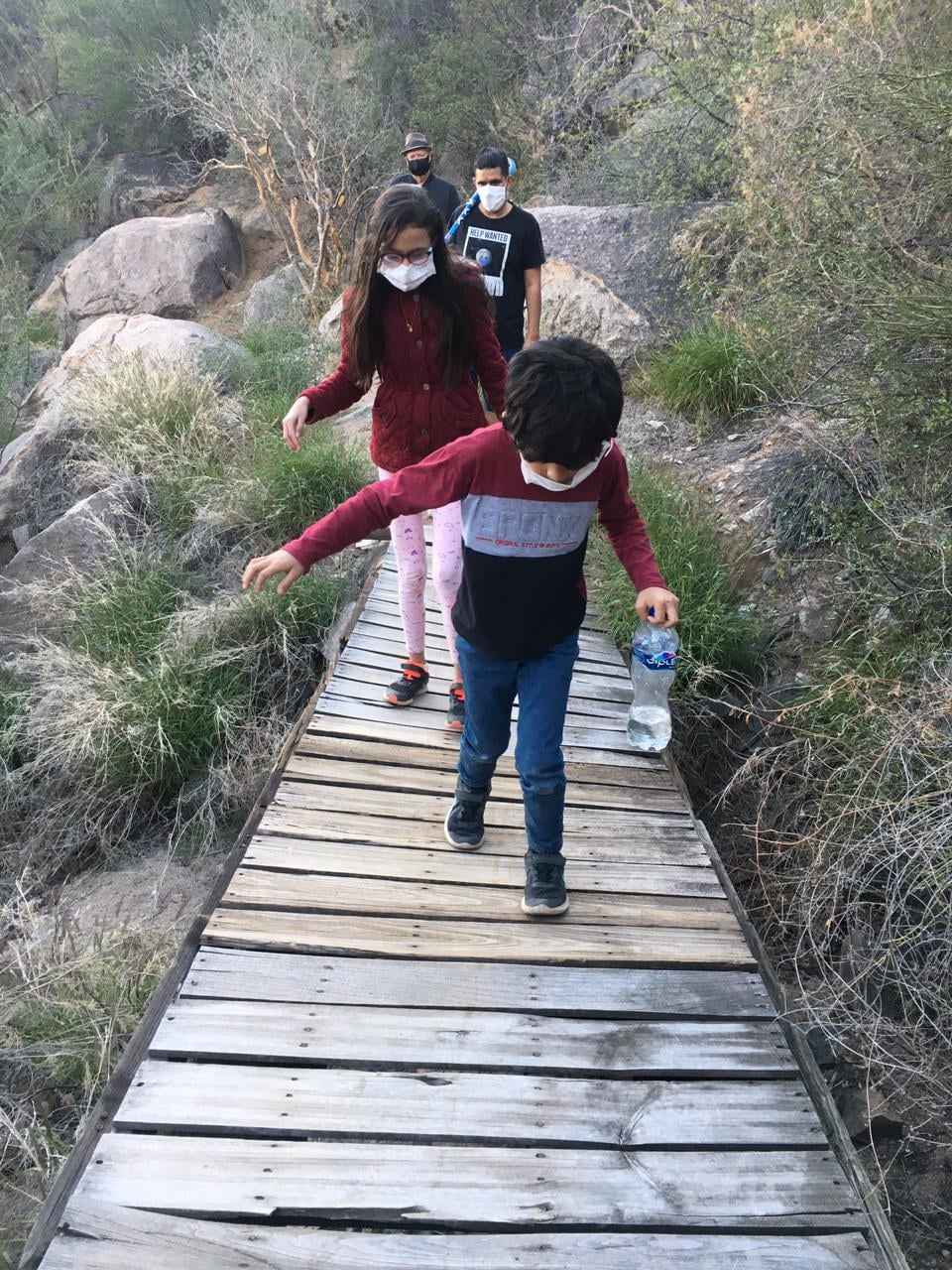
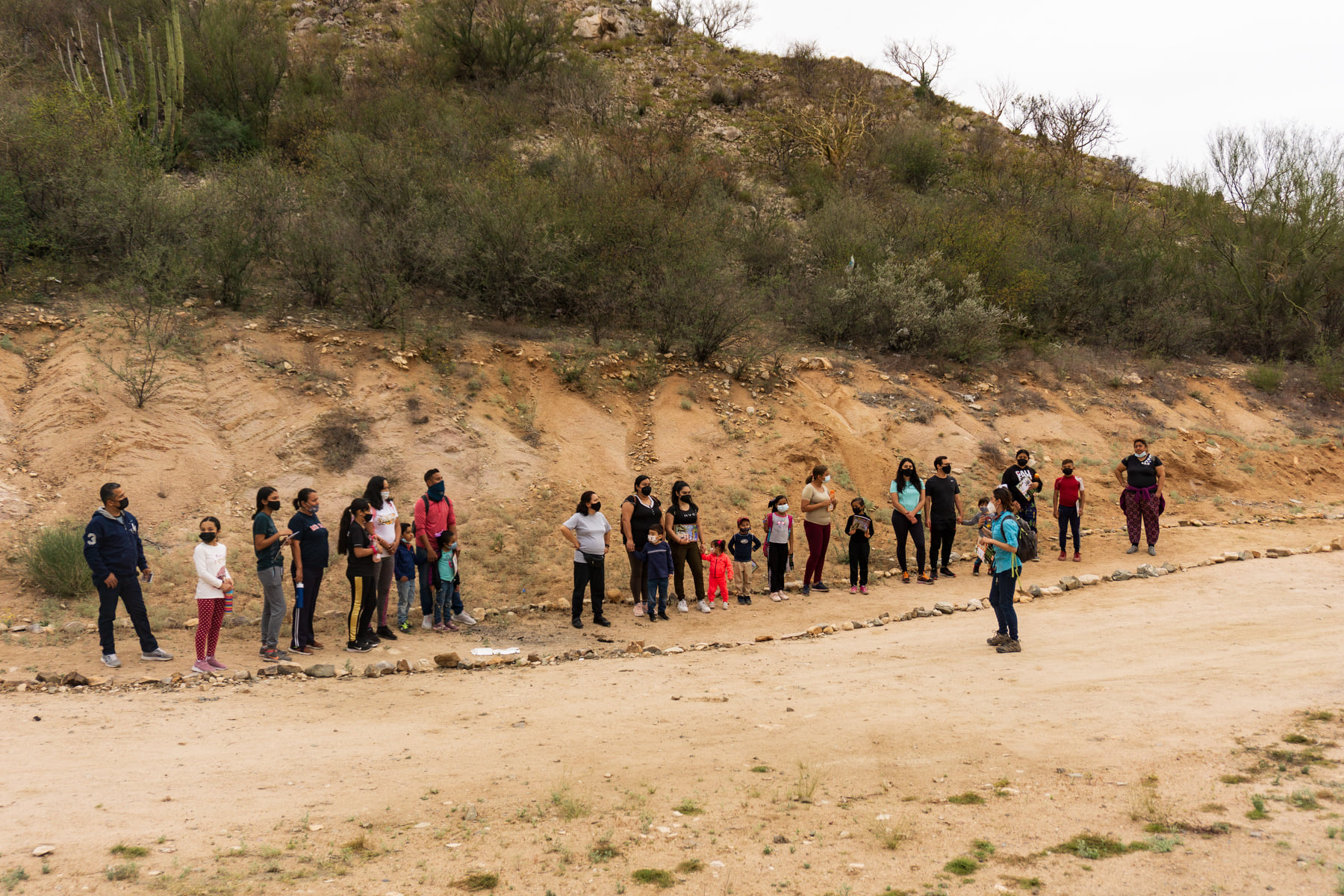
The objective of this strategy was to strengthen participatory management activities through environmental education. Tours of the natural area were conducted in which the general public was invited, as well as children's walks, theater presentations, family walks, night walks, and citizen science workshops.
These educational activities were led by actors from different areas: biologists, theater actors, members of the association, and naturalist tutors. All this to strengthen the links between specialists in the area of conservation but also to diversify the way in which specialized knowledge is presented to the general public.
The information and themes were aimed at informing about habitat conditions in the area, informing about the ANP, informing about invasive species as well as native species and strategies of minimum impact in natural areas.
-
Interest on the part of the participants in continuing to learn about the topics covered.
-
As a result of these events, more people from the conservation field were contacted to collaborate.
-
Neighbors in the area expressed interest in collaborating and even started organized groups for similar actions.
-
Designing learning activities that include a field experience represents a very significant learning experience, especially for children.
-
Disseminating the activities fosters a sense of belonging and promotes collaboration.
-
Importance of finding ways to measure the impact of these activities as well as the results.